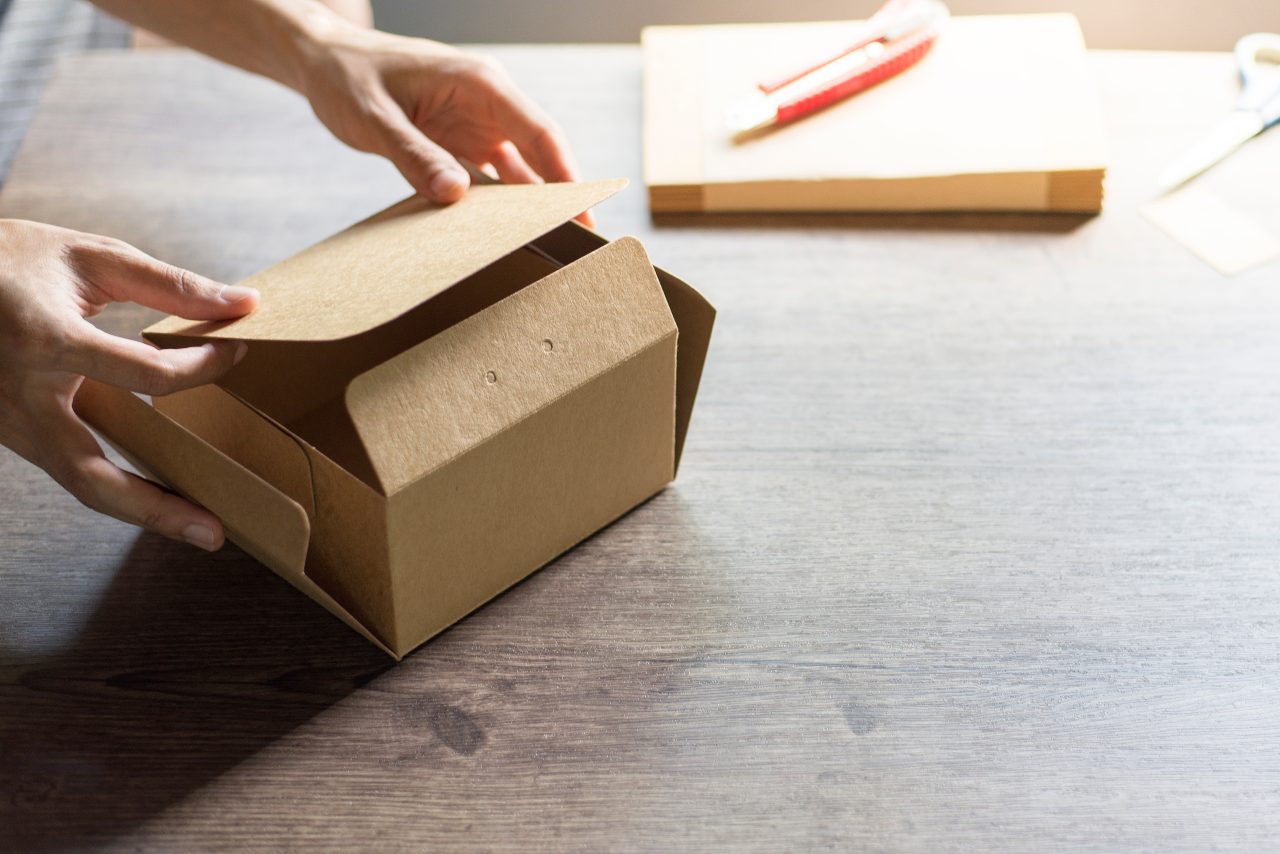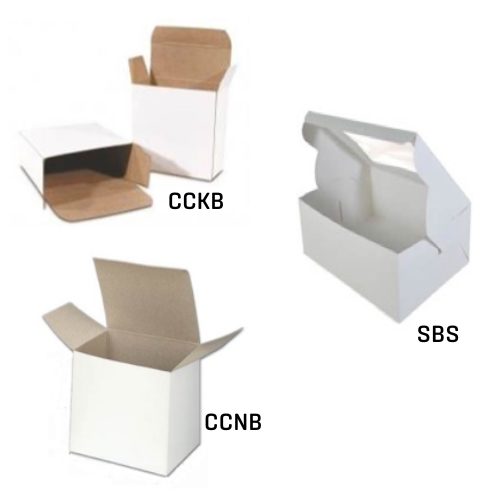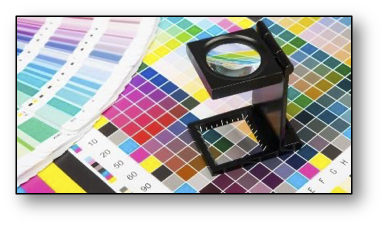
Folding Cartons are paperboard containers or displays that offer high quality visuals through the use of printing, stamping, embossing or coating. They are incredibly versatile and can be made with varying shapes, styles, designs, finishes, thicknesses and materials to help you differentiate your product from competitors. The cartons are also 100% recyclable, making them extremely environmentally-friendly as well as cost-effective.
Interested in a Folding Carton solution?
Popular Folding Carton Styles
Tuck Top (TT)
Straight Tuck End (STE)
Seal End
Rolled End Tuck Top (RETT)
Reverse Tuck End (RTE)
Header Cards
Display / Dispenser
Beers Tray
Auto Bottom (AB)
Snap Lock Bottom (SLB)

Material Options
- SBS (Solid Bleached Sulphate) - White, virgin 2-sided with highest quality appearance
- CCNB (Clay Coated Newsback) - Smooth white exterior, off-white/grayish back
- CCWB (Clay Coated Whiteback) - White front, white/off-white back
- CCKB (Clay Coated Kraft Back) - White top, kraft back made for heavy duty application
- Bending Chip (Grayish/Brown) - Rigid 100% Recycled, coarser surface made for heavy duty
- Blister - Laminating a semi-rigid material to folding carton header board for retail applications
Printing Methods
Offset
Defined: Also called "lithography", for mass-production printing in which the images on metal plates are transferred (offset) to rubber rollers for printing on paper or board stock.
Application: For high volume runs requiring photo quality (tight registration, high-graphic) at a reasonable cost.
Flexographic
Defined: also called "surface printing", where rubber or plastic plates print directly to material.
Application: For looser registration, less ink coverage & more simplistic print projects such as industrial applications where costs need to weigh equally against quality.
Digital
Defined: Process of transferring a digital computer-based image to print through laser or inkjet equipment
Application: Small runs or projects requiring continual changes to art layouts.

Ink & Color Processes
4-Color Process (CMYK = Cyan, Magenta, Yellow, Black)
- The blending of CMYK color delivers a wide variety of colors for most applications
- May not be consistent in replicating specific colors that are unique to brands
- Economical
PMS/Pantone
- Specifically coded colors for exact visual match
- "Spot" one-off PMS Color can be used in conjunction with CMYK
- PMS colors can cost more
Coating & Finishing Effects
Varnish: Transparent ink, printed inline, dries slow and is the least expensive
Aqueous (AQ): Water based coating, fast drying and environmentally safe
- Cost effective alternative to varnish
Ultraviolet (UV): Highest-gloss & rub resistance, bright, protects ink print/color and the most expensive. Can crack and peel at scores.
Mylar Film: High gloss and durable with protective laminated clear film layer
Reticulation: Coatings/overprint applied after print for effect (Ex Crackled & textured)
Emboss
Stamping (Up) a 'raised' element into the material.
Deboss
Stamping (In) a 'relief' or pressed element into the material.
Foil Stamping/Leafing
Embossing a 'raised' element & laminating a film or foil to result in a 'spot' foil effect.
Hot Stamp
Using heat to deboss/stamp a film or foil material resulting in a 'spot' foil effect.